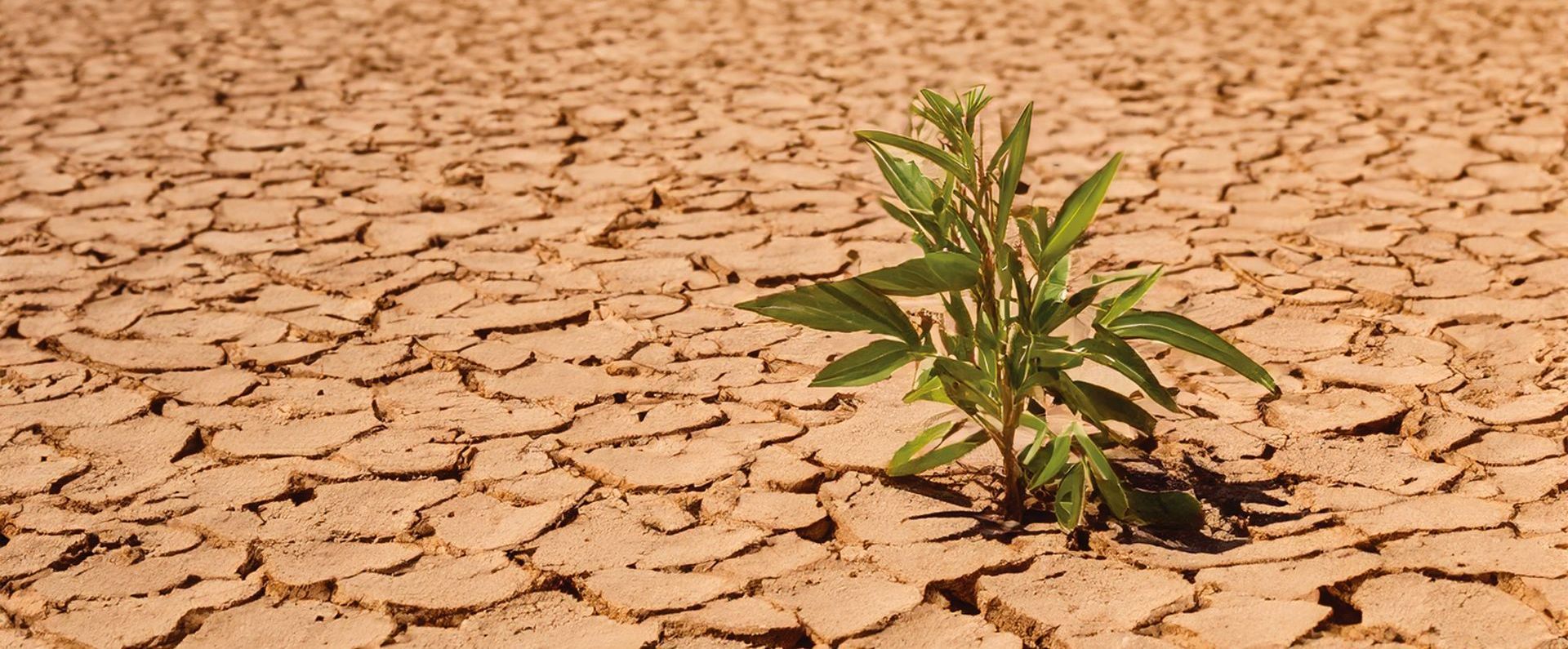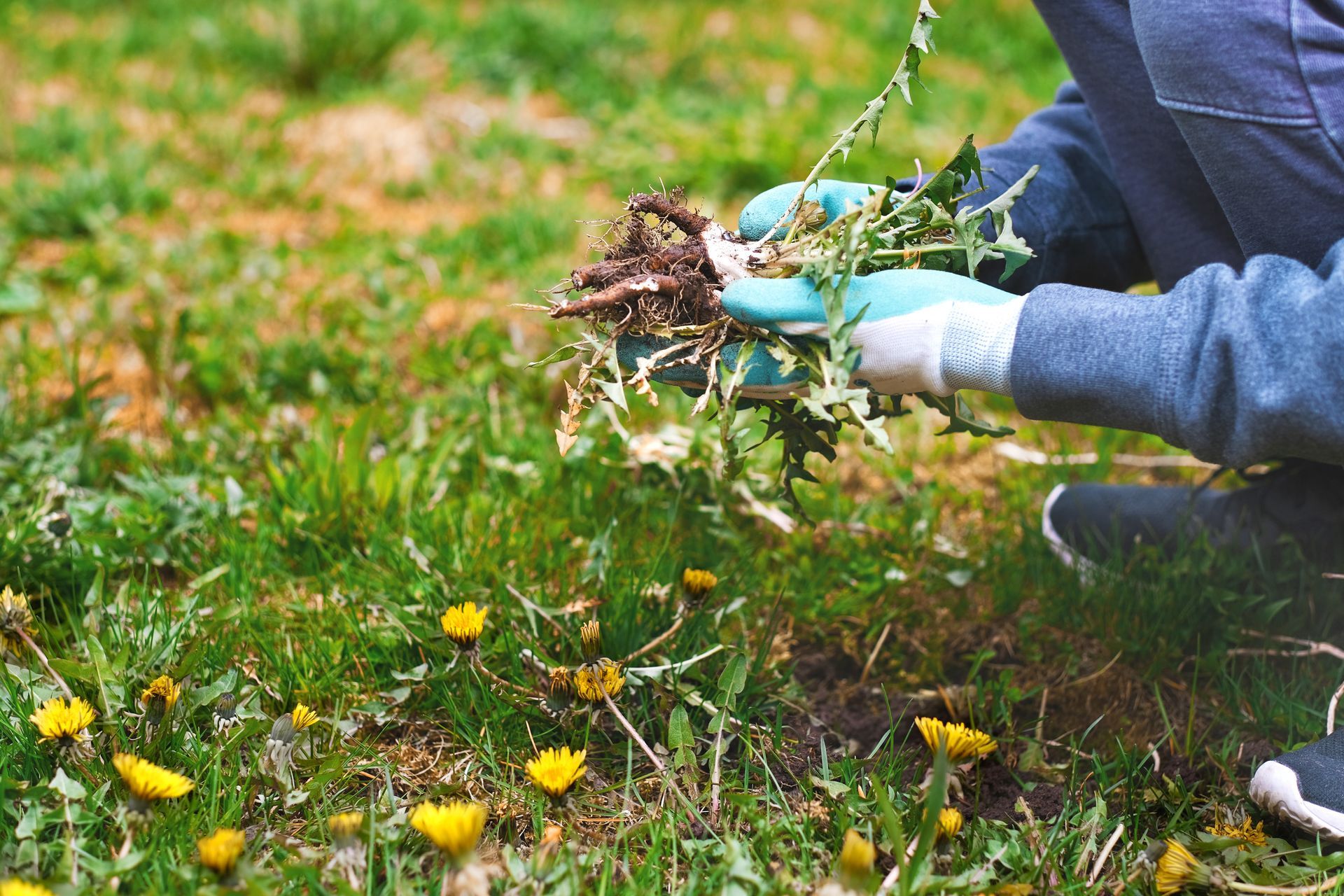Keep An Eye on Your Plants!
It's Been a Hot Summer and Your Plants May Be Struggling

Las Vegas is no stranger to intense heat waves, and while desert plants are adapted to these conditions, even the hardiest xeriscape plants can suffer in extreme temperatures. For those with traditional green lawns or xeriscape gardens, understanding the signs of plant dehydration is crucial for maintaining a healthy landscape. Here's how you can identify thirsty plants in your garden and what to do about it.
Understanding the Impact of Heat Waves on Your Plants
During a heat wave in Las Vegas, temperatures can soar well above 110°F, causing plants to lose water rapidly through a process called transpiration. In Las Vegas, where rainfall is scarce, the combination of high heat and low humidity can quickly dehydrate plants, even those adapted to desert conditions. Recognizing the signs of dehydration early on is key to keeping your garden thriving.
Signs of Dehydration in Xeriscape Plants
Xeriscape plants are known for their drought tolerance, but that doesn’t make them invincible. Even these resilient plants can show signs of stress during prolonged heat waves. Wilting is often the first visible sign, with leaves or spikes appearing droopy or limp. Additionally, some xeriscape plants may curl their leaves or pads inward as a defense mechanism to conserve moisture.
Color changes are another indicator to watch for. Xeriscape plants that usually boast vibrant green or gray-green hues may start to turn yellow or brown when they’re struggling to stay hydrated. One critical sign is delayed recovery. Normally, xeriscape plants should bounce back from wilting or curling overnight when the temperatures drop. If they don’t, it’s a clear signal that they need water.
Signs of Dehydration in Typical Green Foliage
Traditional green foliage, including lawns, shrubs, and non-native plants, tends to be more susceptible to the harsh Las Vegas climate. These plants usually require more water, making them more vulnerable during extreme heat. Wilting is a common symptom, where leaves hang limply from stems, and the overall posture of the plant appears droopy.
A more severe sign of dehydration is crispy leaves, where the edges turn brown and feel dry to the touch. In lawns, this may manifest as brown patches that are brittle underfoot. Leaf drop is another symptom, particularly in trees and shrubs not native to desert environments. These plants may start shedding leaves to reduce water loss. Dehydrated plants might also exhibit stunted growth, with smaller or non-existent new growth, wilting flowers, and affected fruit production.
How to Respond to Dehydration
If you notice any of these signs in your plants, it’s important to act quickly. Start by watering your plants deeply in the early morning or late evening, when temperatures are cooler. This allows the water to reach the roots before evaporating. Xeriscape plants, in particular, benefit from less frequent but deeper watering.
Mulching is another effective strategy. Applying a layer of mulch around the base of your plants helps retain moisture in the soil, reducing water loss through evaporation. For especially vulnerable plants, consider using shade cloths or garden umbrellas to provide temporary shade during the peak heat of the day.
If you have a lawn, adjust your watering habits by reducing the frequency but increasing the depth of watering sessions. Frequent, shallow watering can lead to shallow root systems that are more susceptible to drought. To ensure your plants are getting enough water, check the soil moisture regularly. You can use a soil moisture meter or simply stick your finger into the soil about 2-3 inches deep. If the soil is dry at that depth, it’s time to water.
Preventing Dehydration in the Future
To minimize the risk of dehydration during future heat waves, consider installing a drip irrigation system. Drip irrigation delivers water directly to the roots of your plants, minimizing water loss and ensuring they receive the moisture they need. When adding new plants to your garden, opt for drought-resistant species that are better suited to the Las Vegas climate.
Regular maintenance of your irrigation system is also crucial. Check for leaks or clogged emitters and adjust your watering schedule as needed during extreme weather conditions. By being proactive, you can help ensure your plants stay healthy and hydrated, even when the temperatures soar. It is always cheaper to maintain plants that are already installed than to have those plants replaced when they die from lack of water.
In Las Vegas, where heat waves are a part of life, it’s essential to monitor the health of your plants closely. By understanding the signs of dehydration and taking steps to ensure your plants receive adequate water, you can keep your landscape thriving even in the harshest conditions. Whether you’re maintaining xeriscape plants or traditional green foliage, a little extra care during extreme heat can make all the difference in preserving your garden’s beauty.





